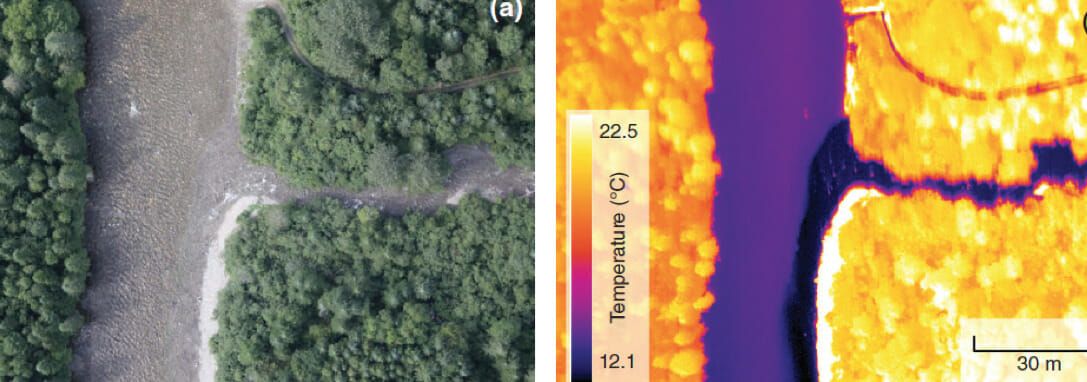By Jake Lemon and Mark Taylor
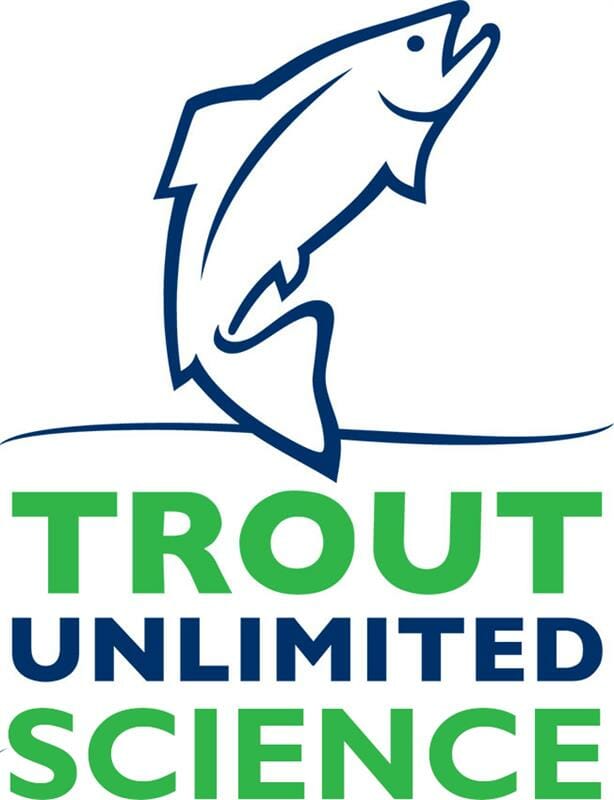
At its roots, trout fishing is a fairly simple endeavor. One needs only a rod, reel (sometimes!), line and a few flies or lures. On the other hand, Trout Unlimited employs an array of high-tech methods in its ongoing efforts to improve and protect habitat and to make trout fishing better.
Mayfly Sensor Stations
Over the past year, TU has been building up their expertise in open-source electronics for water monitoring to support our staff, chapters and partners in deploying real-time continuous stream monitoring stations.
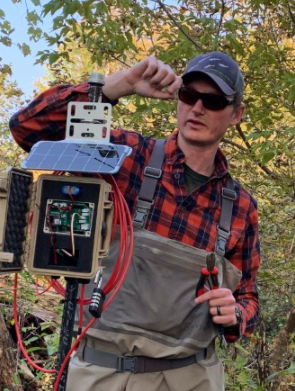
Mayfly Sensor Station technology measures parameters such as temperature, stream depth, conductivity and turbidity and uploads that data in real time to a publicly accessible online database via cellular signal.
More than 25 stations have been deployed by TU and our partners nationwide, with efforts currently concentrated in Michigan.
The stations operate in a similar fashion to USGS gauging stations but at a much lower price. The USGS provides incredibly high-quality data but the distribution of stations is limited and often leaves smaller streams and rivers without long-term monitoring.
The Mayfly Sensor Station is a relatively low-cost option (the standard configuration costs $1,500) that can enable coverage on these smaller water bodies that often provide the highest quality coldwater habitat.
The stations are being utilized to create long-term baseline datasets to aid in tracking of stream health and identification of emerging issues, as red-alert systems to notify concerned groups of pollution incidents and as a tool for environmental education. They also provide useful data on streamflow and temperature to anglers and other outdoor recreationists.
Digital Temperature Sensing (DTS) units
TU recently deployed Digital Temperature Sensing units on Mongaup Creek and Cadosia Creek in New York.
The DTS units are 500-meter fiber optic cables that are installed in the stream bed and measure the longitudinal temperature profile in the stream. These help us find areas in the stream with a particularly high influx of cold water from groundwater or spring water entering a stream. It’s called hyporheic upwelling and helps us target our restoration efforts more accurately.
TU has long used temperature loggers, but traditional loggers measure the temperature only at a single point in a stream. The linear DTS units gather vastly more information in the stream sections where they are deployed.
eDNA
As fish, invertebrates and other aquatic organisms go about their day, they are constantly sloughing off, excreting and releasing fragments of themselves that contain their DNA.
By filtering these fragments from a water sample and analyzing them for genetic markers, scientists can identify if a species lives in a particular water body without ever laying eyes on them.
Environmental DNA technology can help document trout populations up to roughly a kilometer upstream of a sampling point.
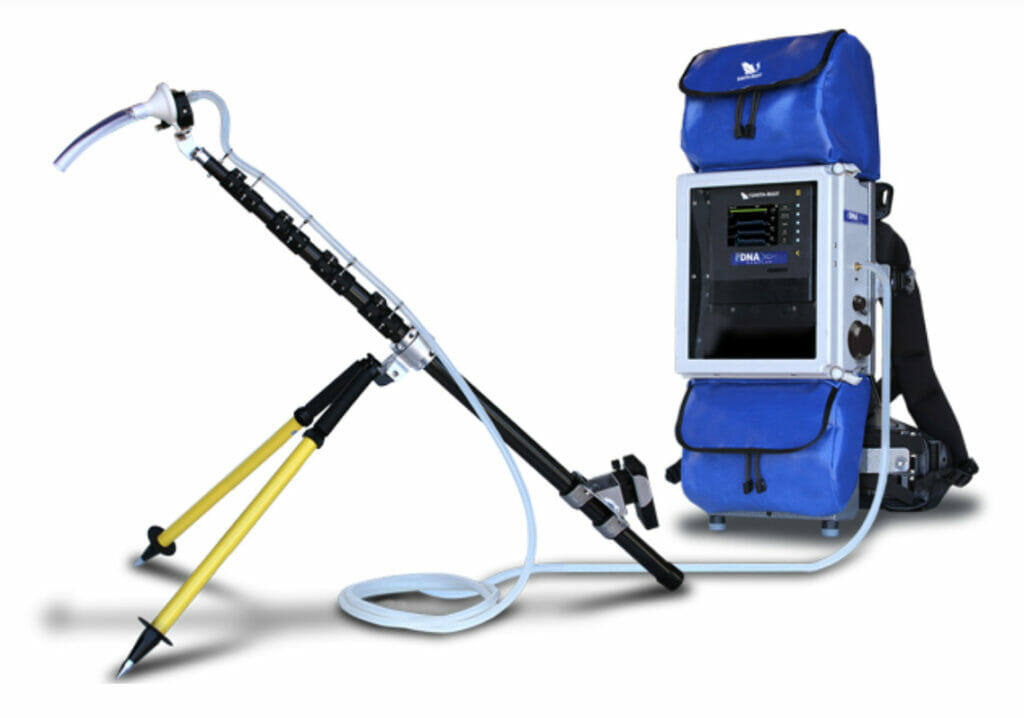
Sample analysis is relatively inexpensive. It takes only 10 to 15 minutes to filter a sample, dramatically reducing the cost of assessing species presence when compared to more traditional methods such as electroshocking.
In West Virginia, volunteer community scientists are using eDNA to find previously undocumented trout populations. These data are used to inform more formal fisheries surveys that result in trout water designation by the state, leading to added protections.
In Michigan, TU and the U.S. Forest Service are using eDNA to assess brook trout distribution to inform restoration priorities.
Currently, eDNA can only detect the presence or absence of a species, but scientists are exploring the possibility of obtaining information on fish abundance through eDNA samplings, which would greatly expand the applications of this method.
Drone-mounted infrared sensors
Trout Unlimited is working to deploy infrared sensors on drones to map cold-water influxes into streams.
This emerging technology, which has been used in academia and by some federal agencies, is a cost-effective and efficient way to identify stretches of streams where there can be notable differences in water temperature due to inputs from sources such as cold-water tributaries or springs.
This fine-scale temperature mapping would provide valuable information for prioritizing sites for restoration and protection efforts.
Electronic tagging
TU has been using electronic technology for years to track fish movements.
Tiny passive integrated transponder (PIT) or radio frequency identification (RFID) tags are surgically implanted into a fish’s abdomen. Sensor stations along the stream record a signal when the fish passes by.
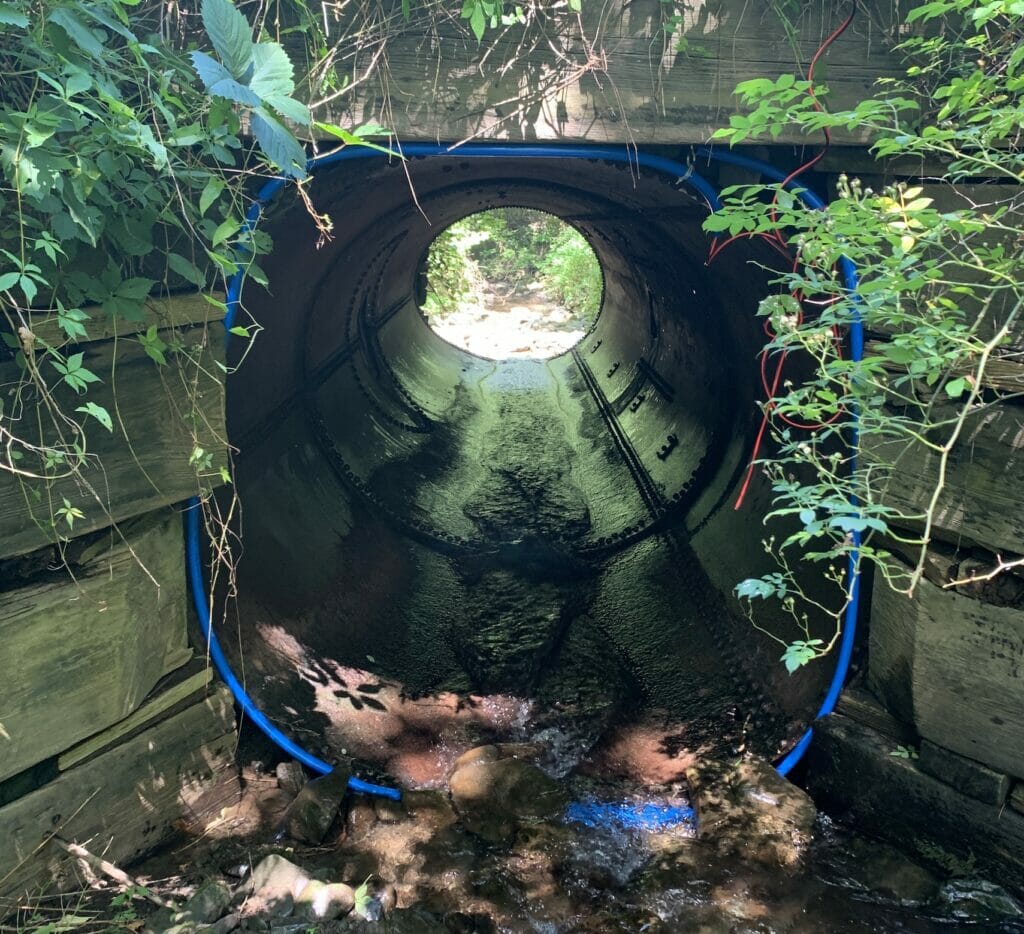
Among other things, tracking fish movements can help determine if barriers are blocking fish movement up or downstream (or both), and also can help determine just how far and wide fish migrate to feed, to spawn, or to find thermal refuge.
In one study currently underway in the Catskills, TU tagged more than 1,000 wild and hatchery trout to determine movement patterns in the wake of barrier removal and improvement projects.
Jake Lemon oversees Trout Unlimited’s community science efforts in the East. Mark Taylor is TU’s eastern communications director.
For more information about Trout Unlimited’s Science Program email Brett Prettyman.
The TU Science Week Schedule

Monday, Oct. 19 — Helen Neville, Trout Unlimited’s senior scientist, talked about how science is used by TU across the country on Instagram Live. We also released a blog from Helen explaining how science makes conservation credible.
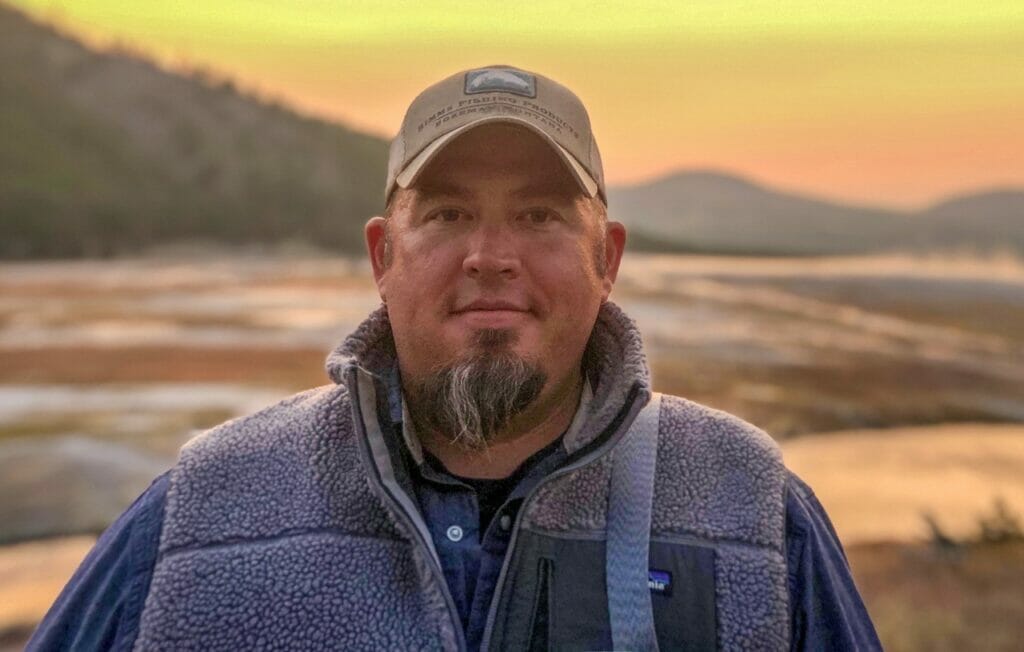
Tuesday, Oct. 20 — TU is premiered “Lahontan: A Trout Unlimited Science Story”. Jason Barnes, Trout Unlimited’s Lahontan cutthroat trout biologist/coordinator, joined filmmaker Josh Duplechian on Instagram Live. They talked about the film and Jason’s work on these unique cutthroat trout. Jason wrote a story about his work and making the film for TU’s website.
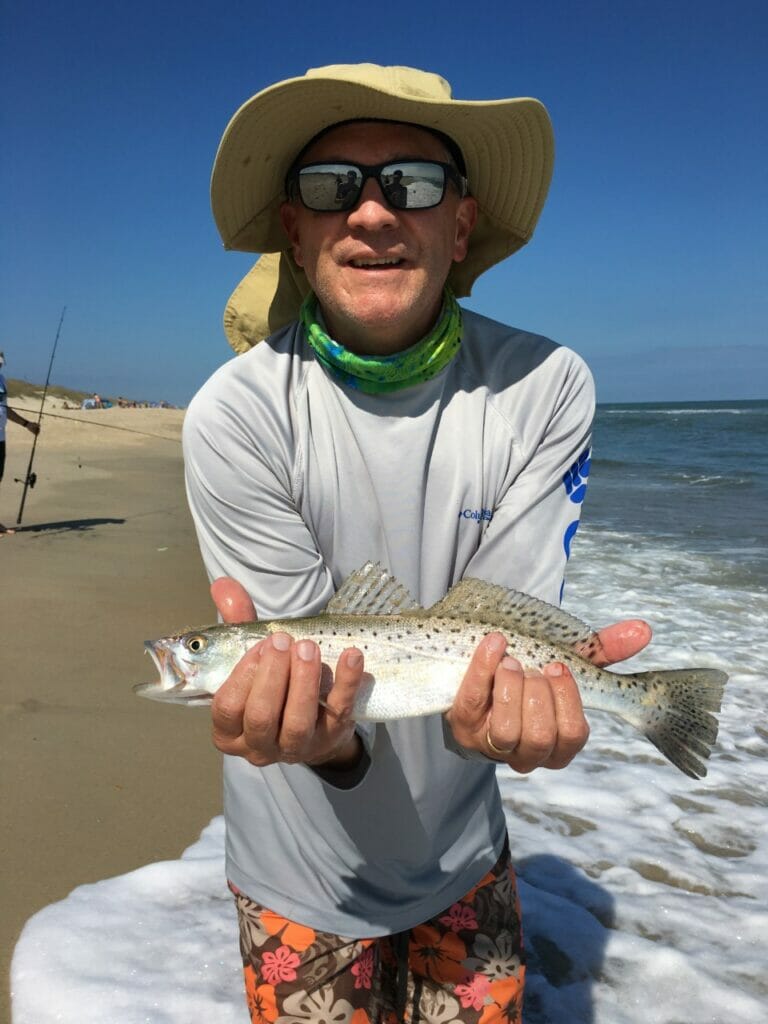
Wednesday, Oct. 21 — Wednesday, Oct. 21 — Steve Moyer, vice president of government affairs at Trout Unlimited, was on Instagram to talk about the role science plays in the organization’s efforts to engage in policies important to our mission. For example, EPA officials said mapping of ephemeral streams could not be done, but TU’s Kurt Fesenmyer of the TU Science Team proved them wrong and showed how numerous the important “part-time” streams are across our country with GIS mapping technology. A story was also posted on the national TU website.
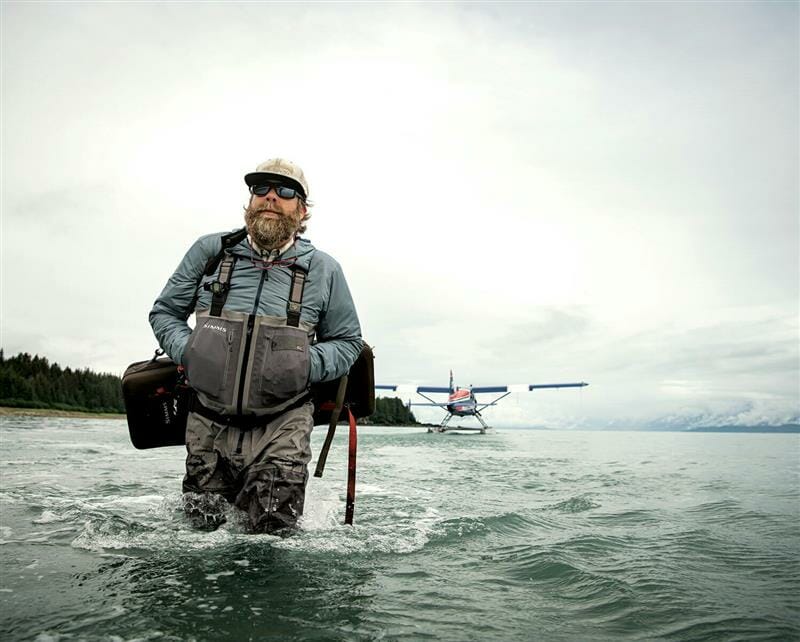
Thursday, Oct. 22 – Our second science film premier of the week is called “Anadromous Waters” and features the impressive work of TU staffer Mark Hieronymus as he seeks to find Alaska rivers not previously documented as holding steelhead and salmon. The state estimates only half of the waters holding anadromous species have been identified. Hieronymus will be joined by filmmaker Josh Duplechian on Instagram Live at 6 p.m. ET. The film will launch at 7 p.m. ET. Hieronymus will also write about his work in a blog released that day.

Friday, Oct. 23 — The TU Science team includes staffers with backgrounds outside the realm of traditional research science. Community science efforts take place around the country. Jake Lemon, TU’s eastern angler science coordinator, works with volunteers and partners on various projects, including deployment of Mayfly Sensor Stations, which TU member volunteers set up to provide real-time access to current stream conditions. Jake will be on Instagram Live at 3 p.m. ET. to talk about Mayfly Sensor Stations and other technologies being used for conservation work in the East, including volunteer stream monitoring programs, sampling eDNA to identify undocumented wild trout populations and using drones with infrared sensors to map stream water temperatures .



